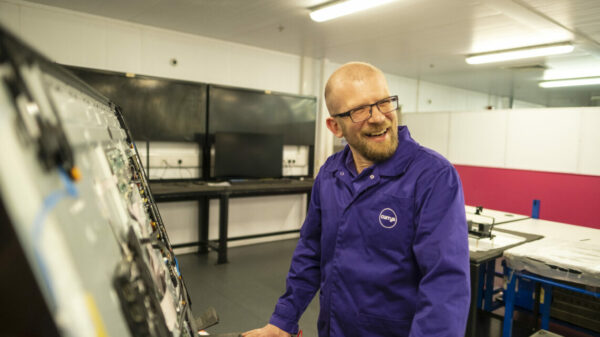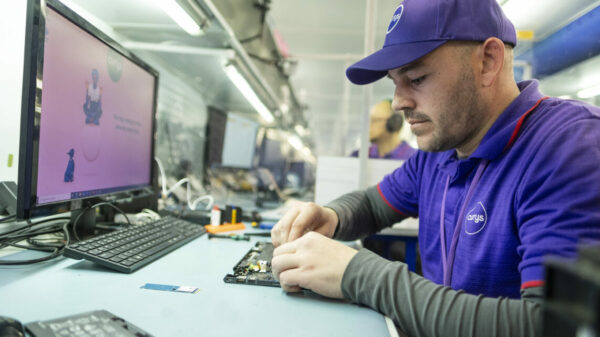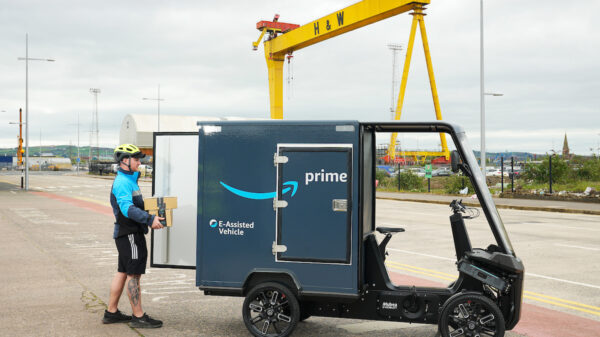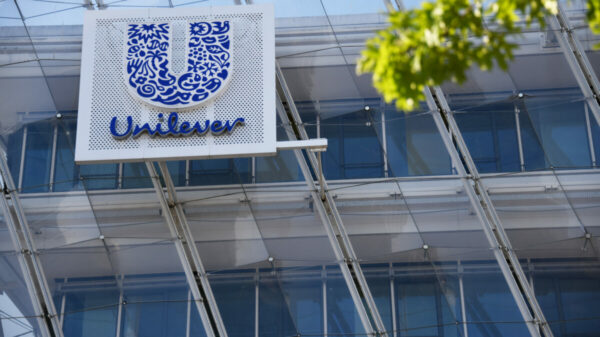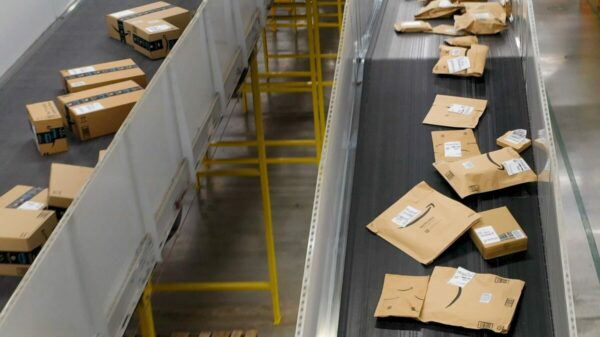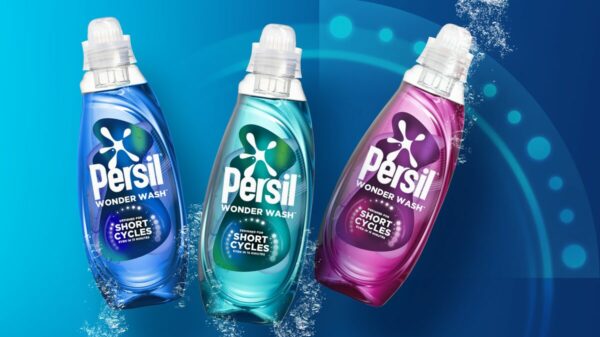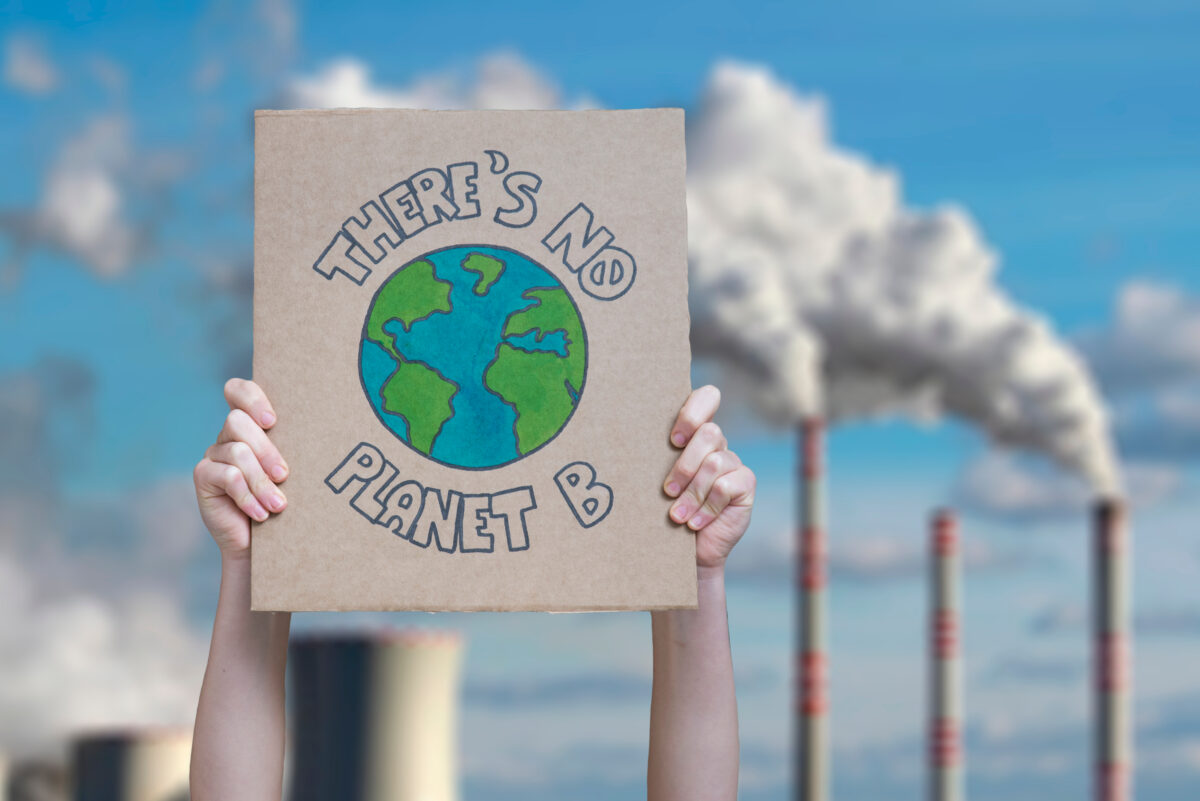There’s simply no escaping it. It’s zipped up in our workbags, held tight in our hands, the centrepiece of our living rooms and the miracle behind our clean clothes. But consumer attachment to tech comes with a heavy downside – not just square eyes and pallid faces, but a startling amount of e-waste.
We produce around 53.6 million metric tons of it worldwide and a devastating 83% of that waste is not recycled, according to the World Economic Forum. The UK is the second worst offender globally, generating around 24 kg per capita.
The easy option for tech retailers is to ignore the issue – especially as e-waste is particularly complicated to manage. But it’s not just an environmental risk, it’s also an economic one.
Some businesses have been accused of prioritising profit over the environmental and social responsibility that comes with managing e-waste– for example Amazon and Apple who have each had criticism levelled at them for not taking enough action to manage the issue.
High street retailer Currys, however, has been taking steps to tackle the issue on a large scale.
How it works
As the largest recycler of electronic goods in the UK, the business says it processes 60,000 tonnes of electronic waste each year, either by collecting appliances from people’s homes or via its free in-store recycling service.
The unwanted appliances are then assessed. If they need to be repaired (and it’s possible), they will be – before going on to either be resold or donated to help tackle technology poverty (which affects around 1.7 million households across the UK), or through Currys’ partnership with charity Sue Ryder.
Crucially, Currys doesn’t care where the product in question was bought from – everything is fair game. And if you take it in store, you’ll get money off your next purchase.
According to chief operating officer Lindsay Haselhurst, the Cash for Trash initiative – which helped to cement the retailer’s role as a leader in electronics recycling by rewarding customers with a £5 cash voucher – came from the fact that “we as a nation are pretty terrible at hoarding electronic waste”.
A fiver might not seem like much in comparison to the premium price tag of luxury tech goods, but Haselhurst explains the small incentive is to raise awareness and “make it a bit cool”.
“We need a real wake-up call that we as a society are pretty quick to throw things away, so the more we can raise that awareness the better. No one wants to be lectured about this stuff so we have to make it easy, make it fun. Make that a win and we’ll change behaviours.”
Inside Currys Repair Lab
Much of the e-waste Currys collects and processes goes through its Newark recycling and repair centre, which also happens to be the largest in Europe.
We started in the repairs section, where – thanks to Currys close partnership with major tech manufacturers – 3D printers are used to make key components (as long as they are not copyrighted or embossed with brand logos).
An array of intricate tools help perform tasks like switching washing machine doors to test functionality, while a demonstration in the television section shows that – rather than replacing a whole screen – it’s possible to just replace smaller broken bars, meaning the set can be reused or resold.
Crucially, almost all of the activity within the department increases the resale value of items which were previously broken.
Subscribe to Sustainability Beat for free
Sign up here to get the latest sustainability news sent straight to your inbox everyday
“The reality is that most tech manufacturers are not driven by ease of repair, they’re driven by creating innovation that makes their products more attractive to customers,” says Haselhurst.
“I think at Currys we have an important role in helping them to achieve that at the same time as making that repair process more efficient.”
Once a new product has launched to market, it will start to come through the repairs lab, where the technicians are able to identify any recurring issues. Currys will then work closely with the company to find out how to resolve those issues, either in the repair lab, once something has gone wrong, or – even better – at the point of manufacture to ensure the items don’t develop those faults in the first place.
“Manufacturers are absolutely open to working with us but it can’t be at the expense of what they do,” says Haselhurst.
“Our job is just to help them do it as sustainably as possible.”
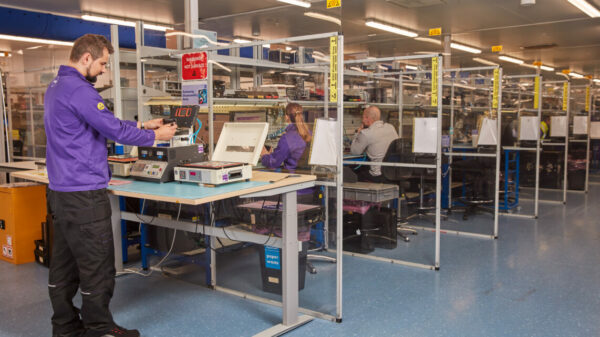
Picking through the trash
However, not everything handed in to Currys can be repaired. That old phone hidden in the kitchen drawer with the used batteries and held together with elastic bands? Currys will take those as well, even if they’ve been clogged up with water and smashed to smithereens.
“A lot of this is product that absolutely can’t be repaired and refurbished,” Haselhurst says.
“So actually the emphasis is on the next level down in the sustainability hierarchy – using them for spares, parts harvesting and recycling. There are precious elements within these products that can be used or recycled, so they still have some value at a parts level.”
Only items that cannot be mined for parts will go to recycling, but to ensure that all these items are safely recycled Currys only uses approved authorised treatment facilities (AATF).
Haselhurst highlights that a next step for the brand is becoming one themselves, which would add another layer of efficiency.
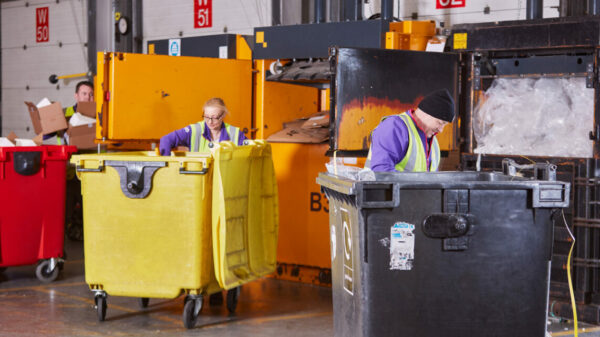
How do you fix a problem like consumption?
The Golden Quarter is looming – a key period for shiny new tech purchases. Of course, Currys is keen for a slice of that action, although it is also adamant that sustainable options are important.
“In the build up to that peak season of Black Friday and Christmas you’ll see our GoGreen Tech Big Push, which raises awareness of the best way to buy tech. It sets out the operating and running costs, the energy consumption, the length, the sustainability of the products…”
Haselhurst remains firm about new purchases ultimately being the choice and responsibility of consumers.
“It’s not for us to tell customers they can’t buy new tech, but there’s a route for them to sustainably deal with their old tech. That is our job; raising awareness of the choices they’ve got,” she says.
“I think we’ll see the next generation looking for refurbished items and taking those kind of options in the future. So maybe not this Christmas, but in Christmases to come, I think we’ll see that being part of the choices that the customers are making. Personally, I certainly hope so.”
It’s hard to doubt the sentiment. The question is, for all the good recycling does, should it really just be left to customers to choose to consume less?
What is plain to see, is that retailers like Currys are making headway as they search for solutions. It isn’t just a flashy gimmick, it’s a recycling operation of gigantic proportions – which also happens to be profitable.
That is to be celebrated. Especially while other retailers continue to shy away from getting their hands dirty.

